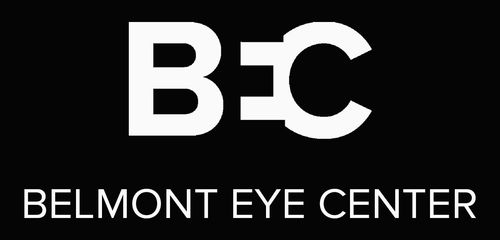Imagine seeing clearly in total darkness—or even with your eyes closed. Thanks to revolutionary nanotech contact lenses, this sci-fi concept is now a scientific reality.
A recent study published in Cell reveals that scientists from China and the University of Massachusetts Chan Medical School have developed contact lenses capable of turning invisible infrared light into visible images. These advanced lenses give users what some are calling “super vision,” allowing them to see in the dark, in dense fog, and even through closed eyelids.
How Do Nanotech Contact Lenses Work?
The lenses are infused with microscopic nanoparticles, thousands of times smaller than a grain of sand. These specialized particles are embedded in the soft material of the lens and function by absorbing infrared (IR) light—wavelengths that are normally invisible to the human eye—and converting them into visible light.
This allows wearers to see infrared images in full color, unlike traditional night vision devices that typically display monochromatic green or black-and-white visuals.
Seeing Infrared in Color—A New Dimension of Vision
Dr. Gang Han, the lead author of the study and a renowned nanoparticle expert at UMass Chan Medical School, explained the significance:
“The lenses add the ability to see infrared images on top of what we already normally see.”
In testing, users could:
-
Recognize coded flashes of infrared light
-
Identify shapes and patterns in low visibility
-
Distinguish between infrared colors like red, green, and blue
-
Perceive images even with eyes shut, thanks to infrared light penetrating the eyelid
Implications for Medicine, Safety, and Daily Life
These smart lenses could be game-changing in various fields:
-
Medical applications: Surgeons could view tumors or tissues tagged with IR-sensitive dyes directly through the lens without needing external monitors.
-
Search & rescue: First responders could navigate safely through smoke, darkness, or fog, enhancing their response in dangerous environments.
-
Vision enhancement: Although currently tested on people with normal eyesight, future applications may include aiding those with vision impairments or degenerative eye diseases.
What’s Next? Safety and Broader Testing
Though initial tests have shown promise, the lenses have only been evaluated in a small group of participants in China. Researchers are now working to test their safety, evaluate long-term use, and study effectiveness in more diverse populations.
“This study opens the door to many exciting applications of wearable technology, potentially transforming how we see and interact with our environment,” Han noted.
The Future of Vision Starts Now
While not yet available to the public, these nanotech contact lenses represent a major leap forward in ophthalmology, wearable tech, and augmented human capabilities. As this technology advances, Belmont Eye Center will continue to monitor its development and explore future opportunities to incorporate innovative vision solutions for our patients.
